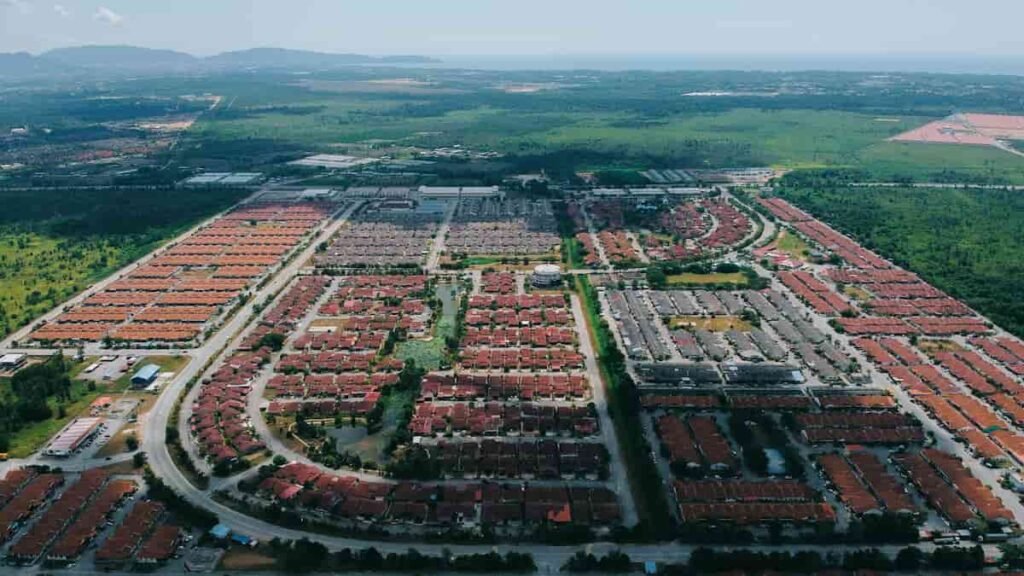As artificial intelligence surveillance becomes increasingly sophisticated, new concerns emerge about its implications for privacy and civil liberties. Recent developments in unclassified AI-powered satellite imagery have demonstrated both the benefits and dangers of these technologies, particularly in monitoring sensitive situations worldwide.
These advanced AI surveillance systems, leveraging neural networks to analyze visual data from multiple sources, represent the cutting edge of privacy-invading technologies. When cross-referenced with other digital records and open-source intelligence, they create comprehensive monitoring networks that few can escape.
⚠️ The Dual Nature of AI Monitoring Systems
While AI surveillance technology can document humanitarian crises, it simultaneously introduces significant privacy concerns. High-resolution imagery powered by machine learning algorithms can now capture and analyze detailed information about individuals and facilities without their knowledge or consent.
Key AI Privacy Threats:
- Unauthorized mass data collection across borders
- AI-enabled facial recognition from satellite imagery
- Pattern recognition revealing sensitive personal activities
- Integration with other surveillance networks
Experts warn that these AI monitoring capabilities represent a fundamental shift in how privacy is understood. When combined with ground-based surveillance infrastructure, they create unprecedented visibility into previously private spaces and activities.
🛰️ AI-Powered Analytics: Seeing the Unseen
The most concerning aspect of modern AI surveillance is its ability to derive insights from seemingly innocuous data. Advanced computer vision algorithms can track individuals, identify patterns of movement, and even predict future behavior based on historical satellite data.
Recent applications have demonstrated how AI analysis of satellite imagery can create detailed timelines of human movement across vast areas, raising profound questions about geospatial privacy rights and surveillance boundaries.
One analyst described these capabilities as “a digital blueprint for comprehensive privacy invasion,” highlighting how AI systems can now connect disparate data points to form invasive profiles of individuals or groups.
⚖️ Emerging AI Privacy Regulations and Legal Challenges
The rapid advancement of AI surveillance capabilities has outpaced legal frameworks designed to protect privacy. While organizations maintain official silence on their use of these technologies, evidence suggests that powerful AI monitoring tools are being deployed with minimal oversight.
Lawmakers worldwide are grappling with how to regulate these AI privacy risks while balancing legitimate security needs. The challenge lies in creating meaningful protections without hampering beneficial applications of the technology.
Legal experts are calling for new international standards specifically addressing AI-powered surveillance, with particular emphasis on trans-border data collection and analysis that may violate national privacy laws.
🔄 The Tension Between AI Innovation and Privacy Protection
The proliferation of AI surveillance technologies creates a difficult balancing act. On one hand, these tools can document important events and hold powerful actors accountable. On the other, they introduce profound privacy risks that could fundamentally alter social behaviors.
Privacy advocates argue: “When AI systems can watch from anywhere, anytime, people modify their behavior even when not directly observed—creating a chilling effect on free expression and assembly.“
Meanwhile, funding for independent research into AI privacy protections remains insufficient, raising concerns that protective measures won’t keep pace with increasingly invasive surveillance capabilities.
🔮 The Future of AI Privacy Risks: Balancing Technology and Rights
As AI surveillance systems continue to evolve, society faces critical questions about acceptable boundaries. The technology can provide valuable insights in many contexts, but without proper safeguards, it threatens fundamental privacy rights in ways previously unimaginable.
The most effective response to growing AI privacy concerns will likely combine technical solutions (like privacy-preserving AI), legal frameworks (comprehensive AI regulations), and social norms that prioritize consent and transparency in surveillance applications.
For individuals concerned about their privacy in this new landscape, awareness is the first defense. Understanding the capabilities of modern AI surveillance technology enables informed decisions about digital footprints and personal exposure in an increasingly monitored world.
As we navigate this complex terrain, one thing is clear: the conversation about AI privacy risks must extend beyond technical circles to include all stakeholders in creating an ethical framework for these powerful technologies.




